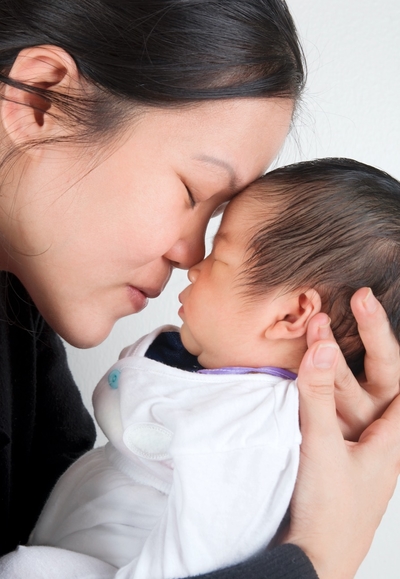
Maternity leave and other family-related employment laws vary by country, and the differences can be significant. Any company looking to expand into a new country, or that has established operations abroad, needs to understand the leave rights of its overseas employees, including so-called “family friendly” laws like grandparental leave and any related customary benefits.
This post explores some family leave laws across the globe to illustrate variations and to highlight global trends. It also provides information for multinationals on developing leave policies that account for paying employees in multiple countries.
Let’s start with Sweden, where there is a common understanding that everyone, regardless of gender, has the right to work and support themselves while also achieving a work-life balance. The country also promotes quality formal education from preschool onward for men and women alike. Sweden’s teaching methods, in fact, frequently counteract traditional gender patterns and roles. In April 2015, for example, Sweden officially introduced the gender neutral pronoun “hen” to avoid promoting traditional gender roles in children.
Sweden was the first country to replace maternity leave with parental leave, effectively giving both parents the right to paid time off to care for their children. Initially, dads could sign over their portion of leave to the mom, but in 1995 Sweden started earmarking a certain portion to the dad. Today, Swedish parents are entitled to 480 days of paid parental leave, and of those, 90 days are reserved exclusively for the dad. Read the full blog article here.
